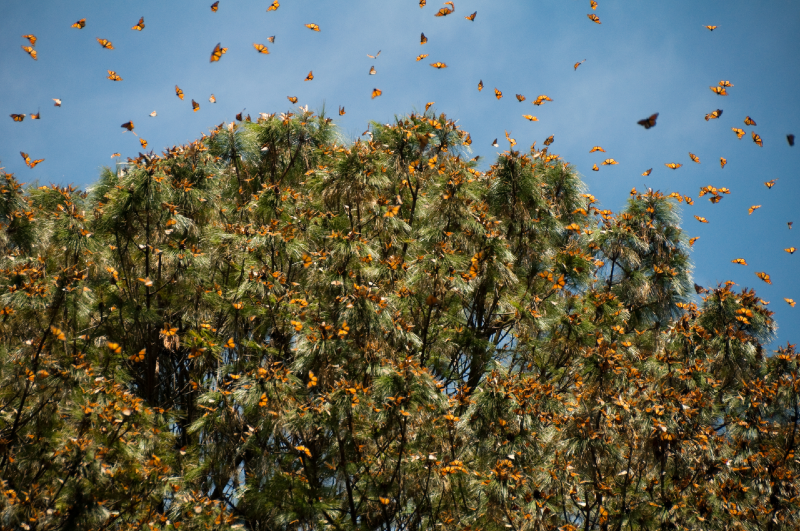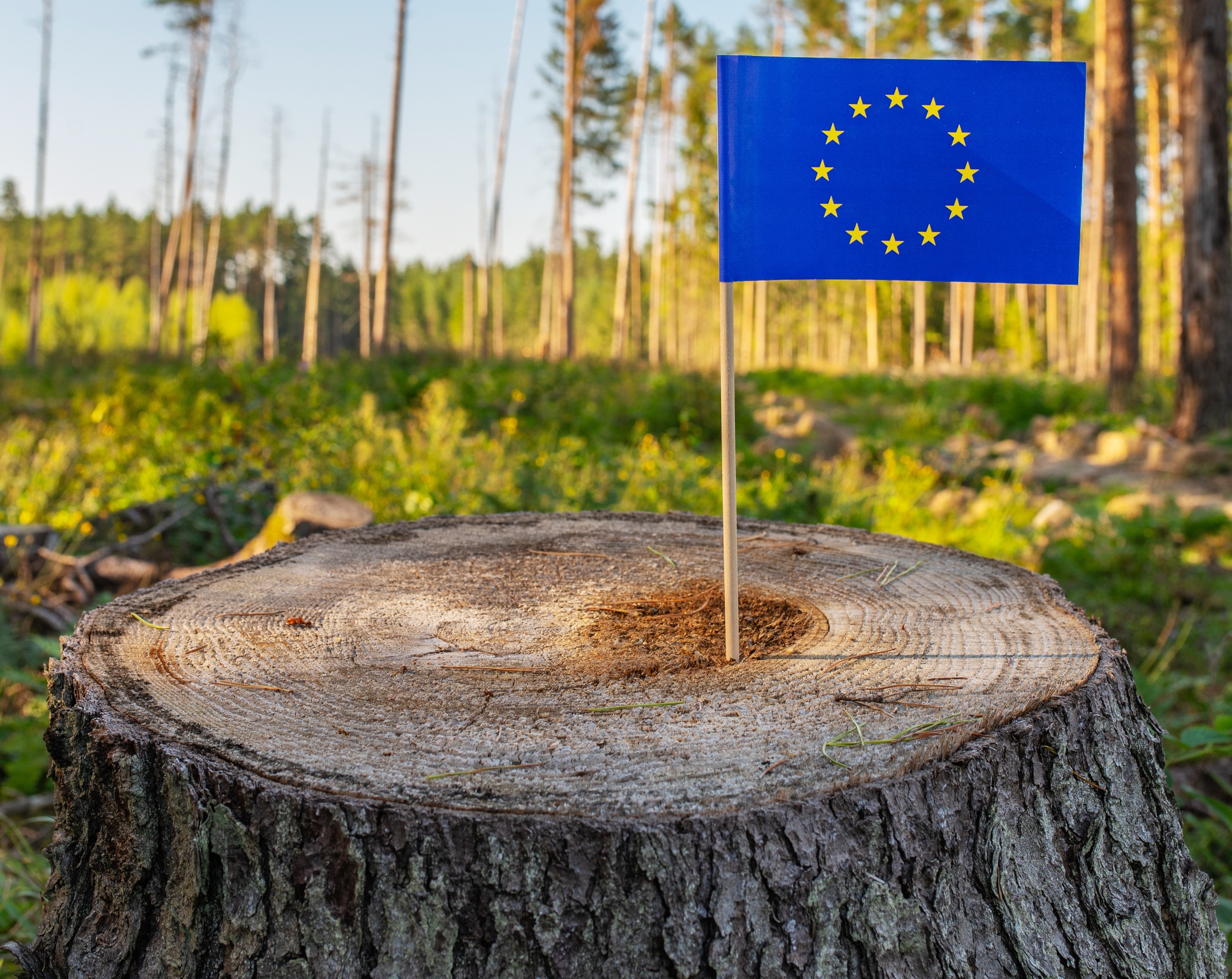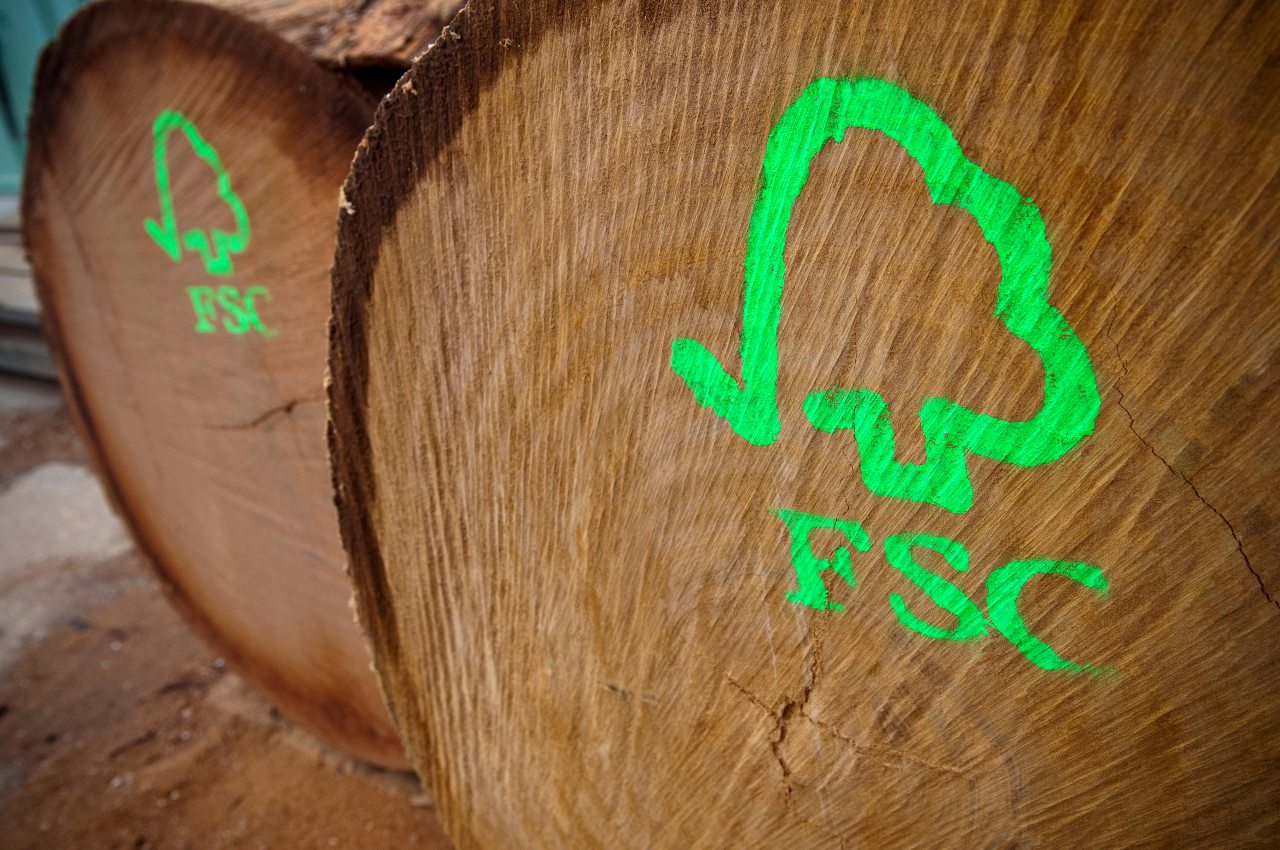
The Monarch Butterfly Biosphere Reserve is a UNSECO-listed world heritage site in Michoacán, Mexico.
The area covered by monarch butterflies overwintering in
Mexico decreased 53 per cent this year, new government data shows. And while cooler
weather and the effect of pesticides are prominent factors in the drop off, the
decline also highlights ongoing habitat loss due to illegal deforestation.
Mexico’s Commission for Natural Protected Areas said that
monarchs covered an area of 2.83 hectares (ha) between November 2019 and March
2020 in 11 colonies studied in the states of Michoacán and Mexico.
This was a decrease of 53 per cent from the 6.05ha observed the
previous year.
Given the density of butterflies grouped together, a
measurement is taken from a collective area rather than as an individual count.
“The last season, 2018-19, was very good, with 6.05ha of forest cover, but it was certainly atypical, thanks to the fact that the
first generation of butterflies in the spring of 2018 encountered favourable
weather conditions to reproduce,” Jorge Rickards, general director of WWF
Mexico, said.
Colder weather in southern US states during the last Spring
period meant butterflies were reproducing less and thus led to a decline in
population, according to WWF.
The use of herbicides on US crops is said to be another
reason behind the decrease.
“Monarch caterpillars only eat milkweed, but the plant has
been devastated by increased herbicide spraying in conjunction with corn and
soybean crops that have been genetically engineered to tolerate direct spraying
with herbicides,” the Center for Biological Diversity (CBD) in the US said in
a statement.
Millions of monarch butterflies make the 4,000km journey
from the US and Canada to hibernate in Mexico each year.
Homero Aridjis, a famed Mexican environmentalist and poet,
is quoted by the Associated Press as saying that climate change also played a
significant role and that crime and deforestation remained a “cause for alarm”.
“The decline of over 53 per cent of populations in the butterfly
reserve is worrisome, above all because of the effects of climate change on the
migration route and on the wintering grounds in Mexico,” Aridjis said.
Tierra Curry, a senior scientist at the CBD, added:
“Scientists were expecting the count to be down slightly, but this level of
decrease is heartbreaking.
“Monarchs unite us, and more protections are clearly needed
for these migratory wonders and their habitat.”
Land clearances for crops including avocado in Michoacán and
surrounding areas have become a growing concern in recent years.
Illegal avocado crops at the Monarch Butterfly Biosphere
Reserve, a UNSECO-listed site in Michoacán, were discovered in 2018.
Global Forest Watch data indicates that
Michoacán lost 10,000ha of tree cover in 2018, almost double that lost in 2017.
Attention fell on the reserve in 2019 following the death
of two
activists who campaigned for the butterfly’s conservation and against
illegal logging in the reserve.
Campaigns by conservationists to end illegal logging
operations, often started to enable crop production, has led to a sharp decline in
deforestation within the reserve’s core area in recent years.



